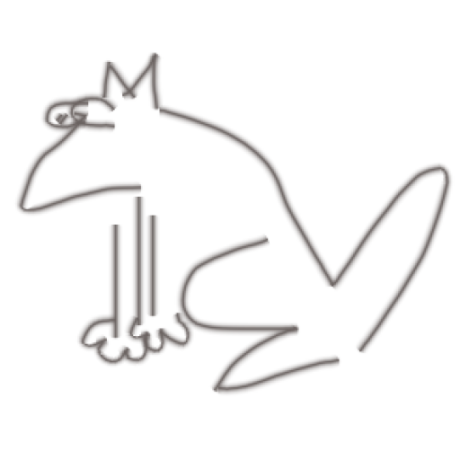
BloXL
BloXL is high-level DSL for creating full-featured XLSX (and, in future, other spreadsheet formats) reports with formatting, charts, formula and heck.
BloXL is currently in the very early stage of development, consisting just of vision and some code, implementing first steps of this vision. Like this:
The journey of a thousand miles begins with a single step. ― Lao Tzu
BloXL is NOT some "new XLSX writer from scratch" -- it is hi-level wrapper of existing one (axlsx currently, though write_xlsx considered as an option).
Why
Unfortunately, spreadsheets (and, most oftenly, Excel spreadsheets) is still the only option for rich, detailed and editable reports, especially for business environment.
There are two very mature and full-featured libraries, targeting production of xlsx (mentioned above). Though, those libraries, tightly resembling XLSX API and structure, are rather like "assembler" when you are trying to create some complex reports, with formulas, charts, conditional formatting and stuff.
So, BloXL tries to close this gap. In fact, it tries to make "spreadsheet output" feature more like "views", modular and embeddable.
How
Steps to achieve aforementioned goals:
- DSL for hierarchical description of spreadsheet data, like "two areas,
first of which has column with labels and column with values; another
one is a table with header row, body and footer... and so on" -- done; - notions of "stylesheets", separation of content from style (somehow
already present in xlsx format, yet hard to use); cascading of styles --
next target; - DSL for chart description, allowing to describe it as-easy-as-possible,
like "line chart from this array", working uniformly for data on sheets
and data in Ruby Arrays; - DSL for expressions, converted to Excel formulae, for defining cell
dependencies and conditional formatting; - Clean API for modular and reusable design of parts of a report.
What
For now, only step (1) from above list is ready. BloXL allows you to write code like this:
MARKS = [
['A', 'F', 'B+']
['B+', 'C-', 'D+']
['A-', 'A', 'B+']
]
BloXL.open('semester1.xlsx') do |b|
b.row ['Semester 1 marks']
b.row # empty row
b.stack{ # place children under each other
# (the same as default behavior, yet
# also provides logical grouping of children)
b.row ['', 'Math', 'Phisics', 'Art'] # one-dimensional array horizontally
b.bar{ # place children leftmost of each other
b.column ['Bob', 'Ann', 'Kate'] # one-dimensional array vertically
b.table MARKS # two-dimensional table
}
}
end
Results in:
You may argue it is not seem THAT better than raw Axlsx code? Then look at slightly more complex example:
require 'bundler/setup'
$:.unshift 'lib'
require 'bloxl'
MARKS1 = [
%w[A F B+],
%w[B+ C- D+],
%w[A- A B+]
]
MARKS2 = [
%w[D+ B- A ],
%w[B+ A C+],
%w[A- B A-]
]
STUDENTS = ['Bob', 'Ann', 'Kate']
CLASSES = ['Math', 'Phisics', 'Art']
BloXL.open('examples/output/2tables.xlsx') do |b|
b.bar{
b.stack{
b.cell 'Semester 1'
b.row
b.row ['', *CLASSES]
b.bar{
b.column STUDENTS
b.table MARKS1
}
}
b.column
b.stack{
b.cell 'Semester 2'
b.row
b.row ['', *CLASSES]
b.bar{
b.column STUDENTS
b.table MARKS2
}
}
}
end
This is like table from ex.1, just placed two times alongside each other:
Also, this approach allows furthed advances in styling: each grouped area can be styled separately with inplace style or "style class" (which are planned to be cascaded in CSS fashion).
Look ahead!